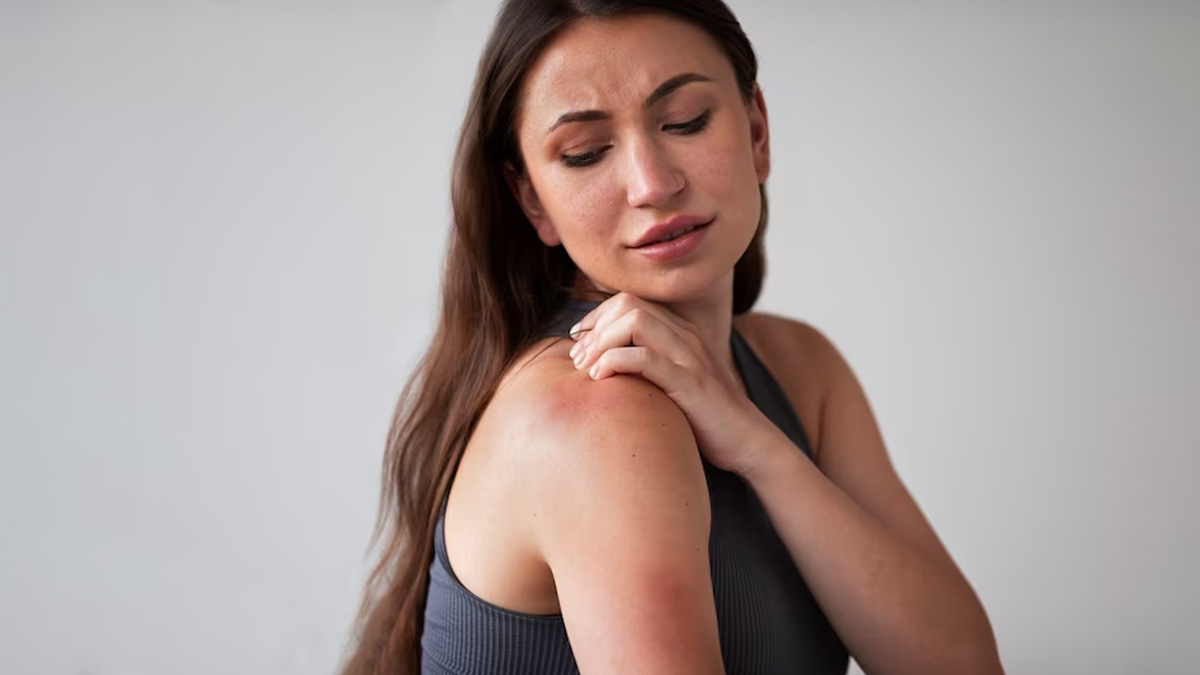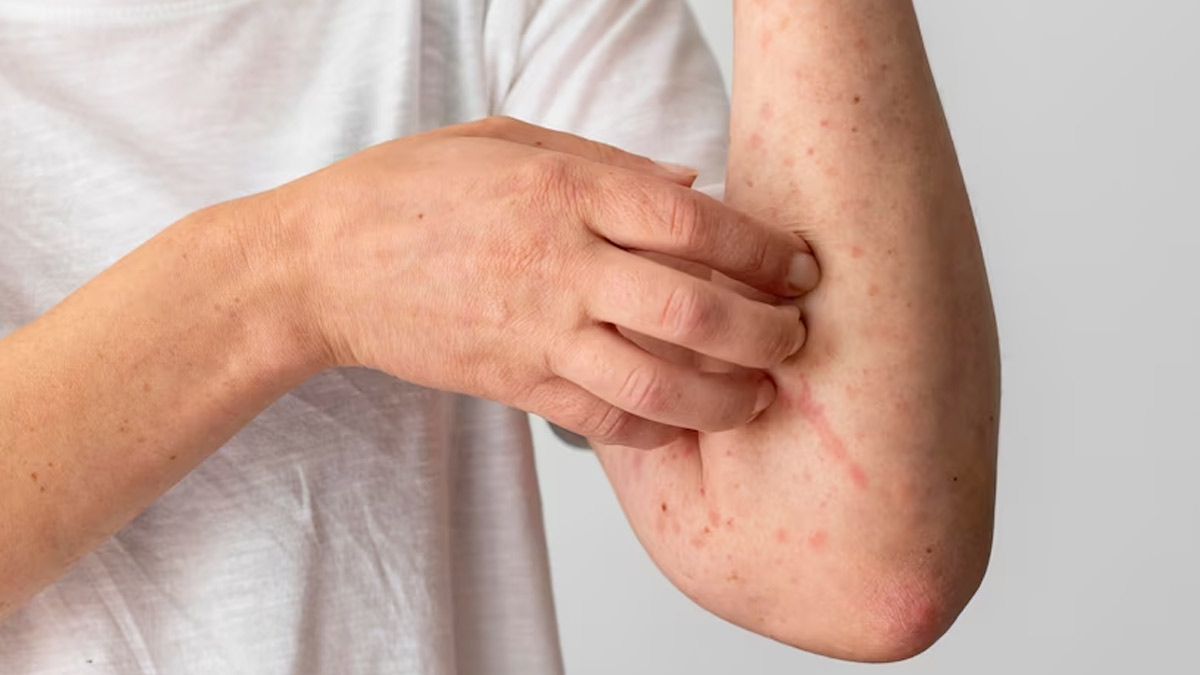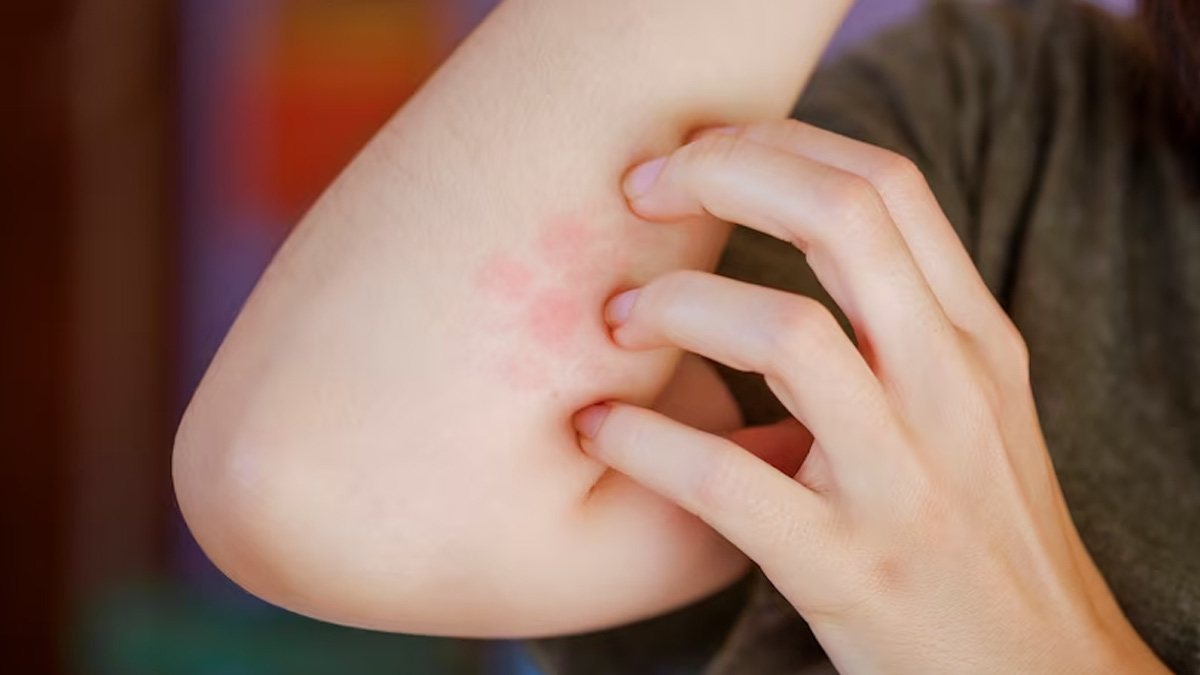
As the monsoon season arrives, the air becomes damp, and the environment becomes more humid. While this brings relief from the summer heat, it also brings a host of skin problems that can be easily mistaken for eczema. Eczema is a long-lasting skin condition identified by patches of redness, itchiness, and inflammation. However, several other monsoon-related skin problems can mimic the symptoms of eczema but require different treatment approaches. In this article, we will explore some common monsoon skin problems that may look like eczema but are not.
Table of Content:-
What is Eczema?
Eczema is a chronic inflammatory skin condition characterised by red, itchy, and inflamed patches. It has the potential to cause discomfort and impact an individual's quality of life. Treatment often involves managing symptoms and avoiding triggers to minimise flare-ups.
Monsoon Skin Problems That May Look Like Eczema But Are Not
Here are skin problems that may look like eczema but are not.
Fungal Infections

During the monsoon, the increased humidity provides an ideal breeding ground for fungi. Fungal infections such as ringworm, jock itch, and athlete's foot can cause red, itchy rashes that resemble eczema. These infections are caused by different types of fungi and can be easily treated with antifungal medications.
Also Read: Monsoon Health: Expert Lists Ways to Prevent Fungal Infections At Home
Prickly Heat
Prickly heat, also known as heat rash, is a common skin problem during the monsoon season. It occurs when sweat gets trapped in the skin's pores, leading to small, itchy bumps and redness. Prickly heat often appears in areas where clothing causes friction, such as the neck, underarms, and groin. Unlike eczema, prickly heat usually resolves on its own once the affected area is kept cool and dry.
Allergic Contact Dermatitis

Certain plants, such as poison ivy or poison oak, can cause allergic reactions in sensitive individuals. These reactions, known as allergic contact dermatitis, can lead to red, itchy, and blistered skin, similar to eczema. It is important to identify the trigger and avoid contact with it to prevent further irritation. Topical corticosteroids and antihistamines are commonly used to alleviate the symptoms.
Folliculitis
Folliculitis is a condition in which hair follicles become infected or inflamed. During the monsoon, excess moisture can clog the hair follicles, leading to small red bumps that resemble eczema patches. Folliculitis is commonly found in areas with frequent friction or shaving, such as the legs, beard, or buttocks. Maintaining good hygiene and using antibacterial cleansers can help prevent and treat folliculitis.
Also Read: Itchy Bumps Can Be Due To Infected Hair Follicles. Know Risk Factors And Treatment
Conclusion
While eczema is a chronic skin condition that requires long-term management, not all skin problems during the monsoon season are eczema. It is crucial to correctly identify the underlying issue to provide appropriate treatment and relief. Fungal infections, prickly heat, allergic contact dermatitis, and folliculitis are some common monsoon-related skin problems that can mimic the symptoms of eczema.
Consulting a dermatologist for an accurate diagnosis is essential to receive the right treatment and prevent unnecessary discomfort. Additionally, taking preventive measures such as keeping the skin clean and dry, wearing breathable fabrics, and avoiding contact with allergens can help minimise the risk of developing these conditions.
Image Credits: freepik
Also watch this video
How we keep this article up to date:
We work with experts and keep a close eye on the latest in health and wellness. Whenever there is a new research or helpful information, we update our articles with accurate and useful advice.
Current Version